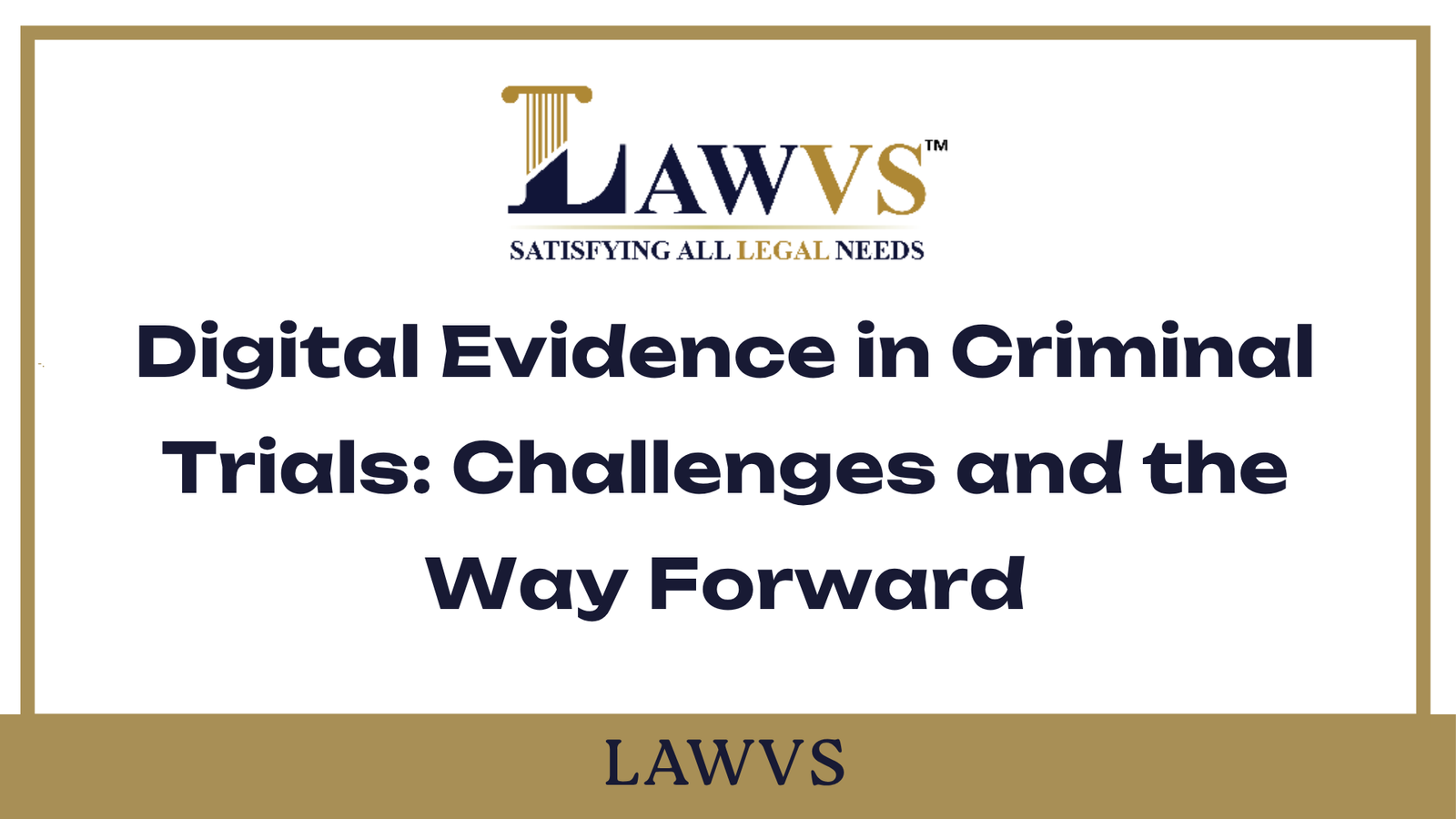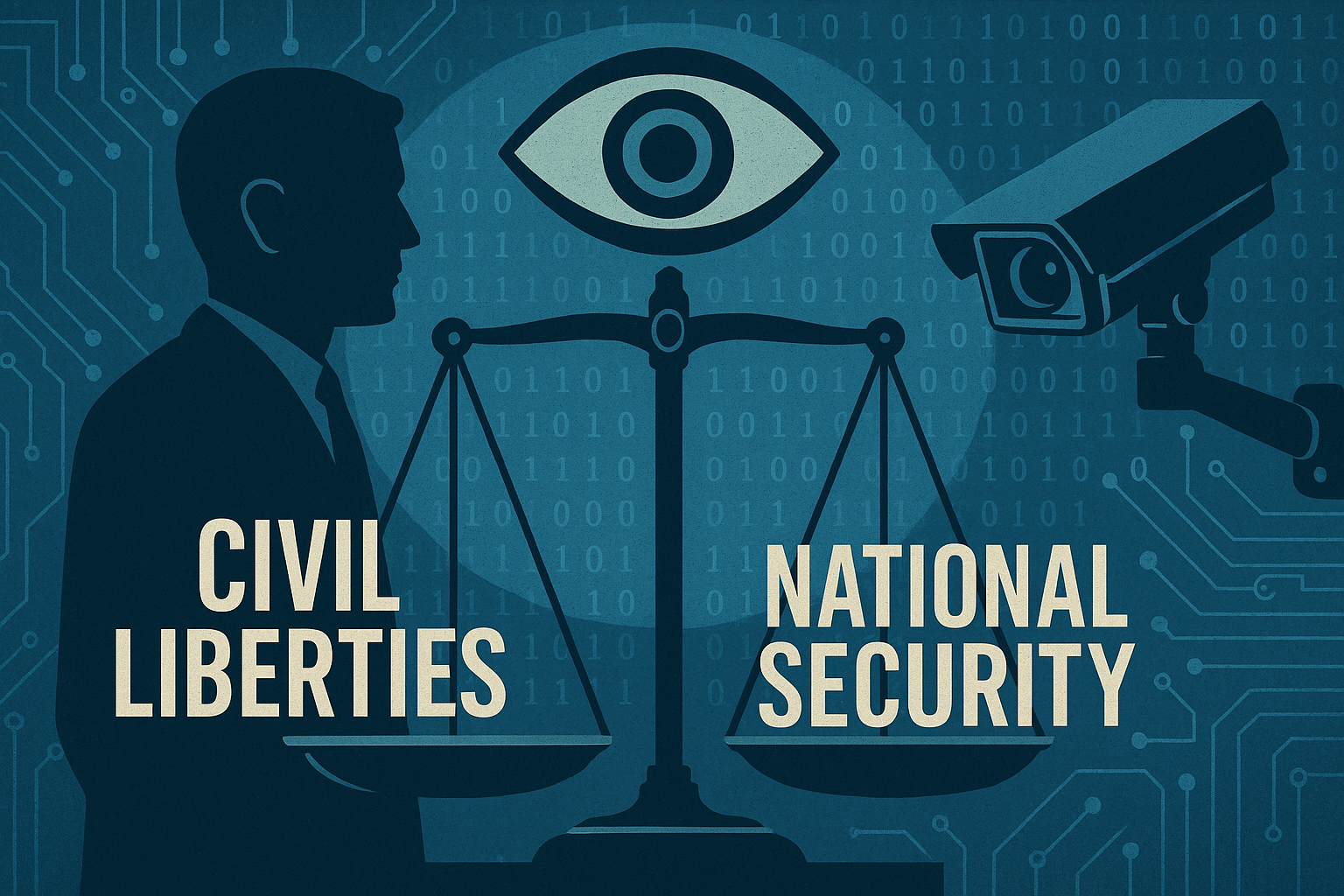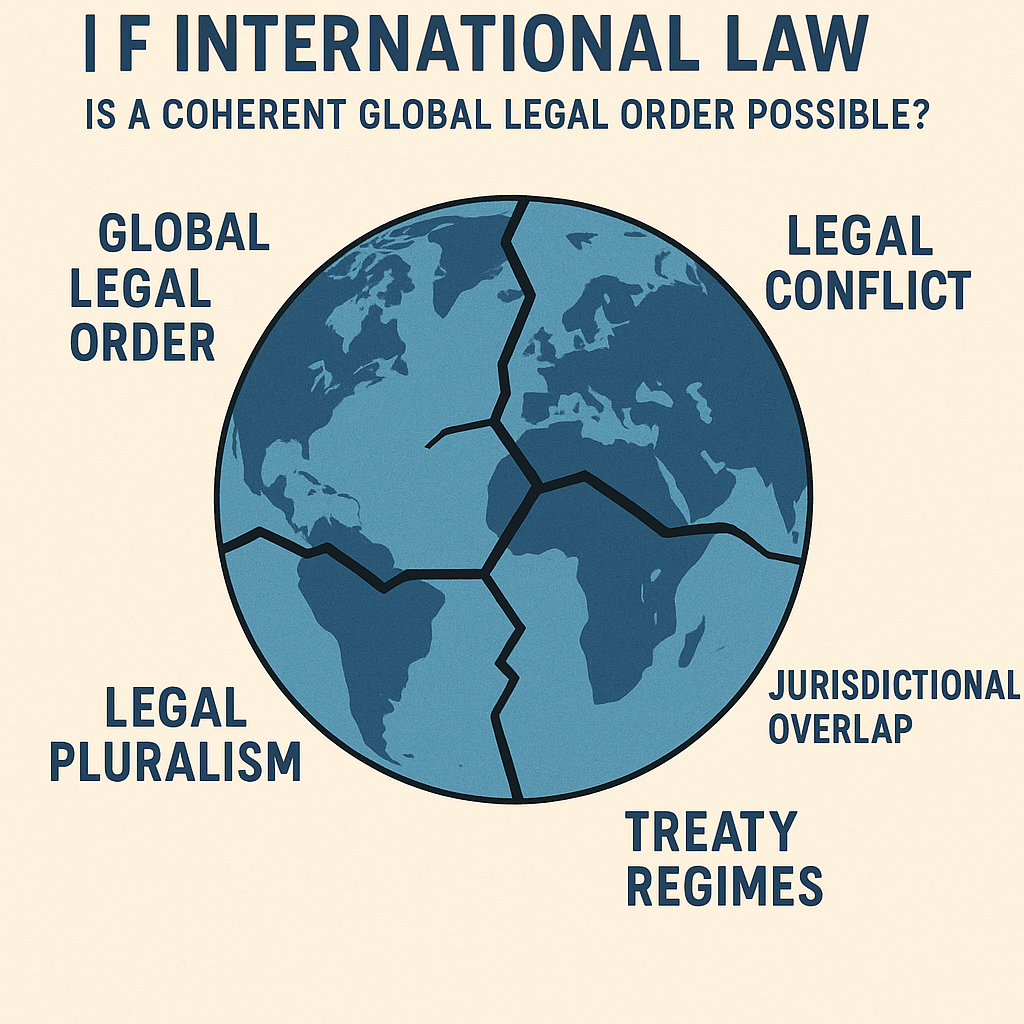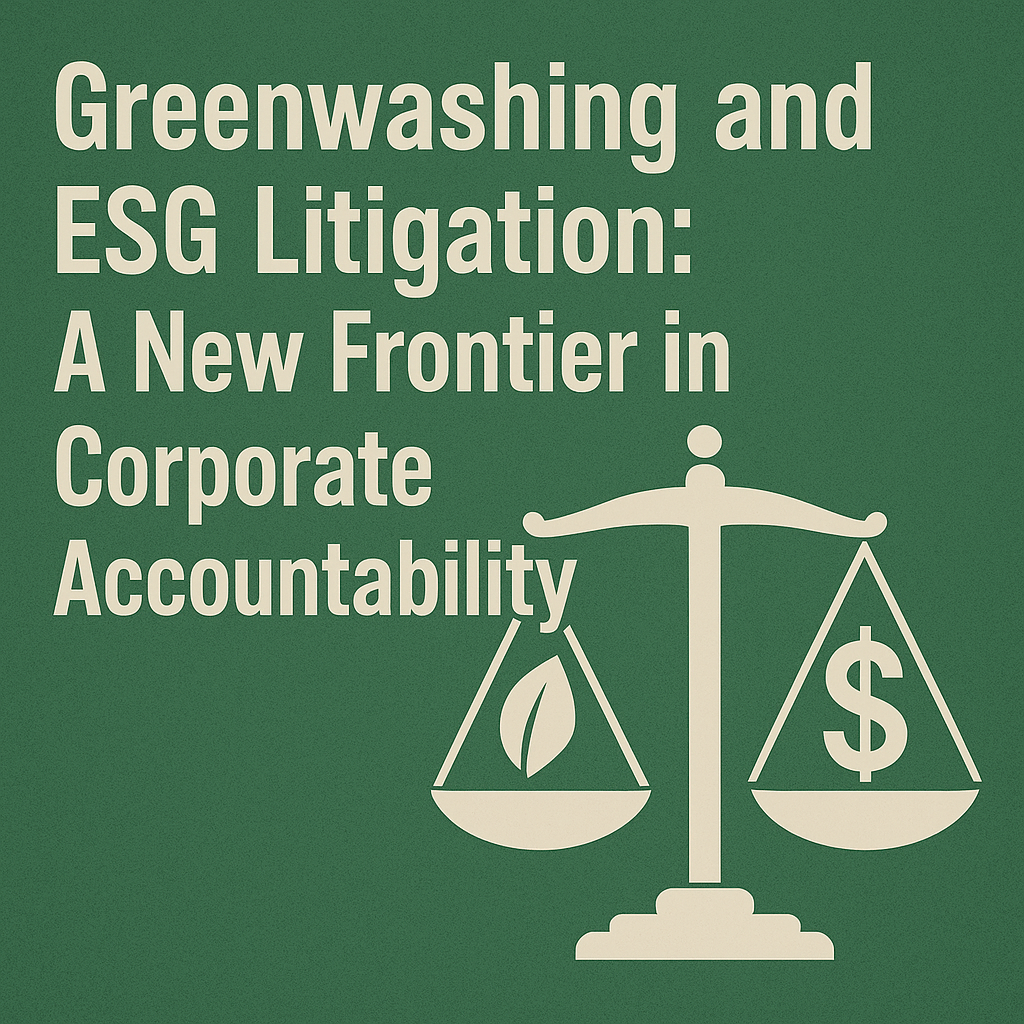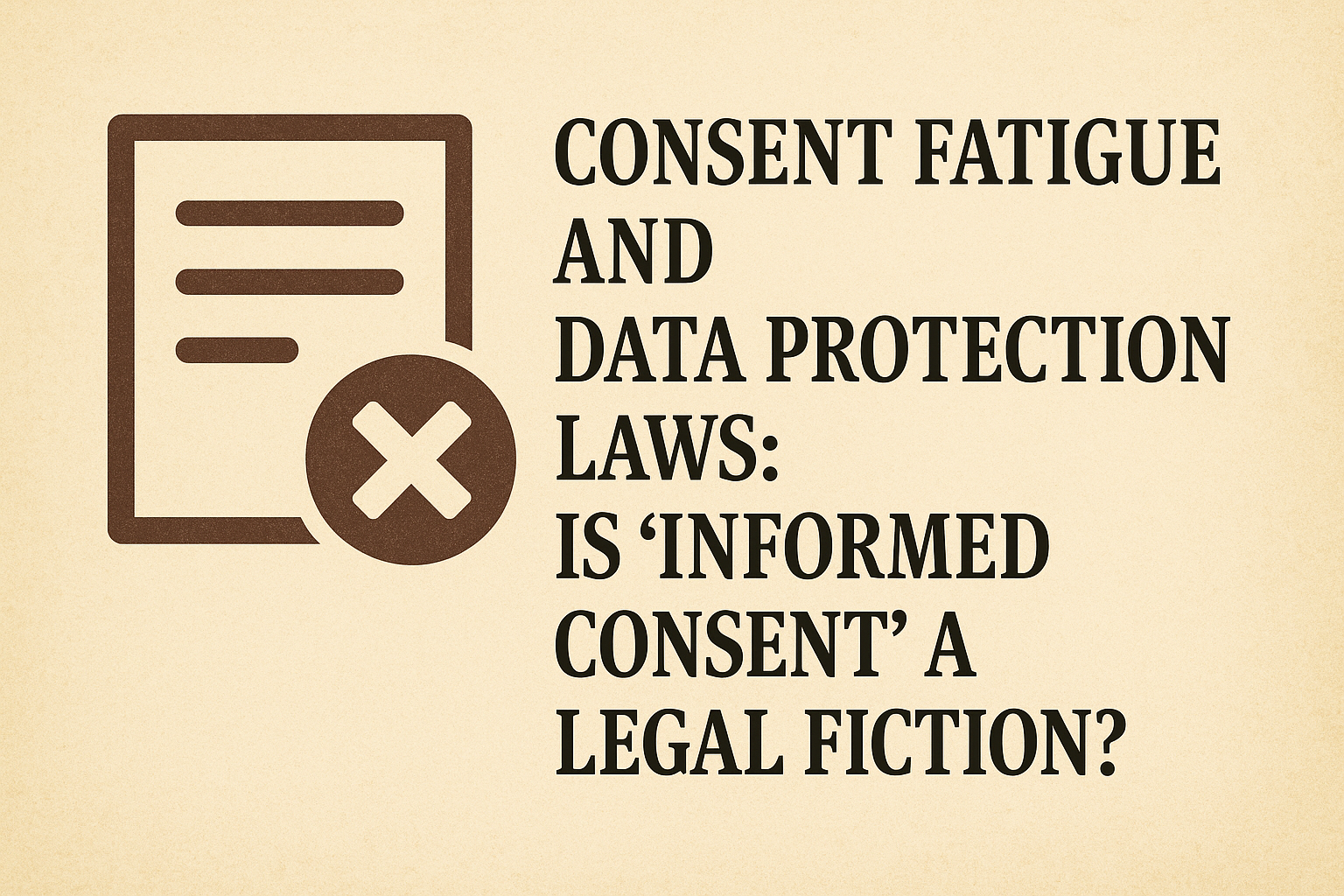1. Introduction
In the digital era, criminal activity often leaves behind a trail of electronic evidence—be it messages, emails, video recordings, or call logs. Indian courts now routinely handle such material in trials. However, ensuring its admissibility, authenticity, and evidentiary value remains a complex legal issue requiring clarity and standardization under Indian law.
2. Statutory Framework for Digital Evidence
2.1 Indian Evidence Act, 1872 (IEA)
Following the enactment of the Information Technology Act, 2000, several sections of the IEA were amended:
-
Section 3 (Definition of Evidence): Includes electronic records produced for inspection.
-
Section 65A: Special provisions for electronic records.
-
Section 65B: Governs admissibility of electronic records. Requires a certificate under Section 65B(4) to admit any secondary digital evidence.
✅ Key Point: If the original device is not produced, a 65B certificate is mandatory.
2.2 Information Technology Act, 2000 (IT Act)
-
Section 2(1)(t): Defines electronic record.
-
Section 4: Grants legal recognition to electronic records.
-
Section 79A: Allows the Central Government to designate digital forensic labs as Examiners of Electronic Evidence for expert certification and analysis.
2.3 Code of Criminal Procedure, 1973 (CrPC)
-
Section 91 CrPC: Empowers courts to issue summons for producing documents—including electronic records.
-
Section 173(8): Allows further investigation and submission of electronic evidence post-charge sheet.
-
Section 164 CrPC: Relevant for recording digital confessions/statements on electronic media under judicial supervision.
3. Landmark Judicial Pronouncements
✅ Anvar P.V. v. P.K. Basheer (2014) 10 SCC 473
-
Overruled earlier leniency shown in Navjot Sandhu.
-
Held that Section 65B(4) certificate is mandatory for admissibility unless original evidence is produced.
✅ Arjun Panditrao Khotkar v. Kailash Kushanrao Gorantyal (2020) 7 SCC 1
-
Reaffirmed Anvar’s ruling.
-
Clarified that court can direct production of a 65B certificate where necessary.
✅ Tomaso Bruno v. State of UP (2015) 7 SCC 178
-
Emphasized the value of CCTV footage and directed investigators to secure and produce it as part of evidence.
✅ Ram Singh v. Col. Ram Singh (1985)
-
Although pre-IT Act, this case emphasized authentication of electronic recordings through corroboration and expert analysis.
4. Types of Digital Evidence in Trials
-
CCTV Footage: Used to establish presence or involvement.
-
Mobile Forensics: Includes call records, WhatsApp chats, location tracking.
-
Social Media Content: Crucial in defamation, communal hate, and cyberbullying cases.
-
Digital Signatures and Emails: Important in white-collar crimes and frauds.
-
Hard Drive/Cloud Storage Forensics: Used to retrieve deleted or hidden data.
5. Challenges in Admissibility and Use
⚠️ Admissibility Without 65B Certificate
Many prosecutions fail when digital evidence lacks proper certification.
⚠️ Tampering and Manipulation
Electronic records are prone to editing, deletion, or fabrication.
⚠️ Jurisdiction and Foreign Data Hosting
Tech companies like Google, Meta, etc., often store data abroad, complicating retrieval under domestic law.
⚠️ Forensic Backlogs
Few labs are notified under Section 79A, causing long delays in report generation.
6. Global Standards
-
USA: Federal Rules of Evidence (Rule 901) – relaxed rules of digital authentication.
-
UK: Police and Criminal Evidence Act (PACE), 1984 – sets procedures for seizure and analysis.
-
EU: e-Evidence Regulation – aims to streamline cross-border evidence access among member states.
7. Reform Proposals
-
Simplify Section 65B compliance – allow use of secure hash values or blockchain for verification.
-
Train law enforcement and judiciary – enhance technical awareness and handling of digital evidence.
-
Increase notified forensic labs – under Section 79A to speed up casework.
-
Amend MLAT frameworks – for easier international evidence exchange.
-
Introduce digital chain-of-custody laws – to track and preserve data integrity.
8. Conclusion
Digital evidence is indispensable in modern-day criminal jurisprudence. While Indian law recognizes it under various statutes, procedural compliance and technological gaps often impede justice. Bridging these gaps through judicial clarity, statutory reform, and training is critical to ensuring that digital evidence serves the ends of justice without undermining fair trial rights.
Supporting Acts & Legal Provisions Referenced
-
Indian Evidence Act, 1872: Sections 3, 65A, 65B
-
Information Technology Act, 2000: Sections 2(1)(t), 4, 79A
-
Code of Criminal Procedure, 1973: Sections 91, 164, 173(8)
